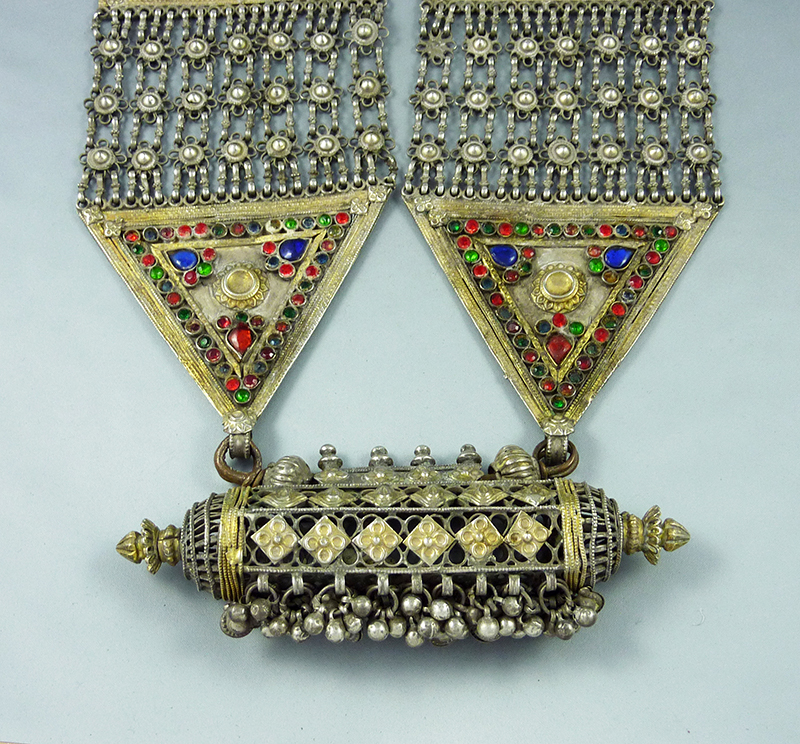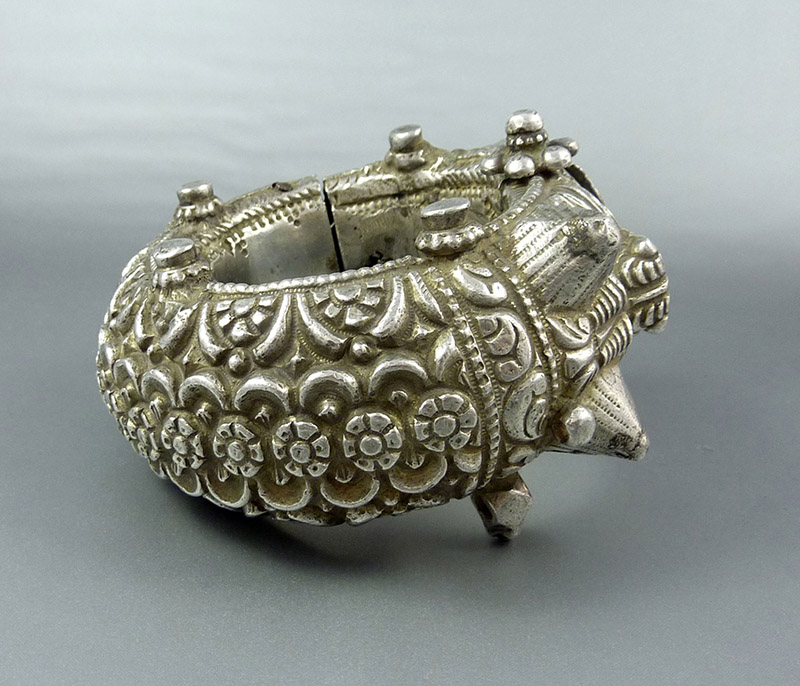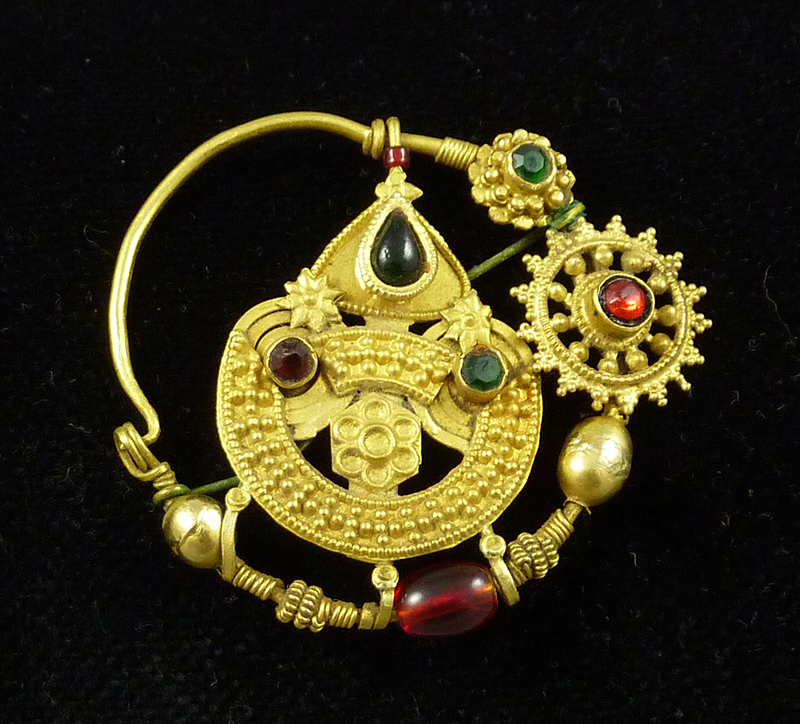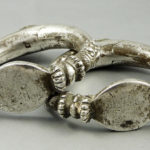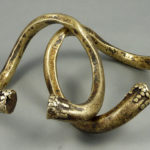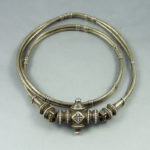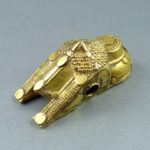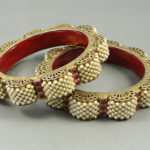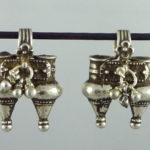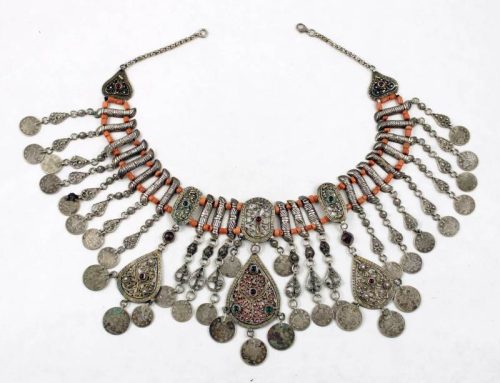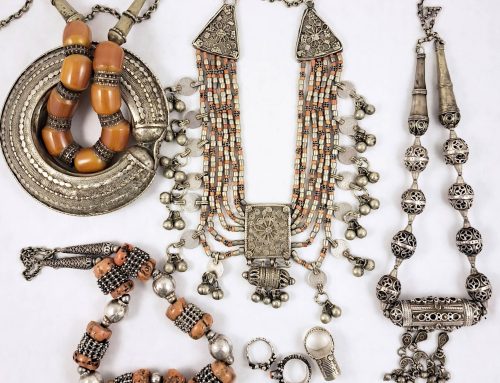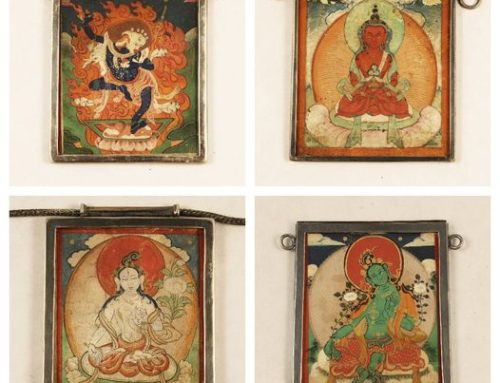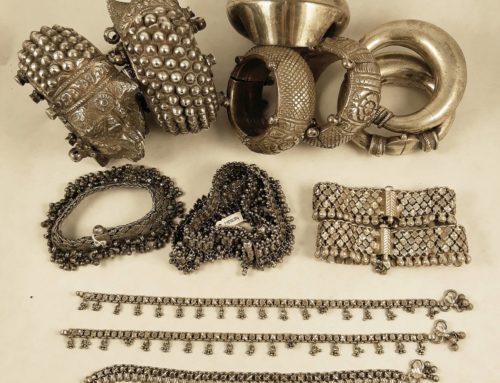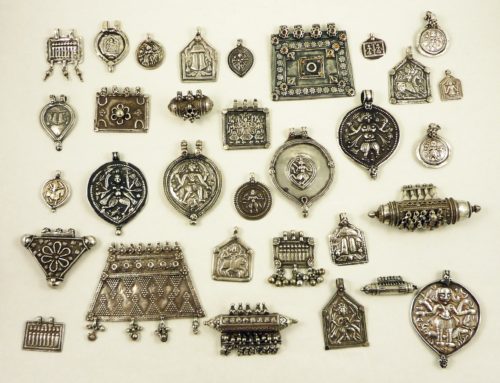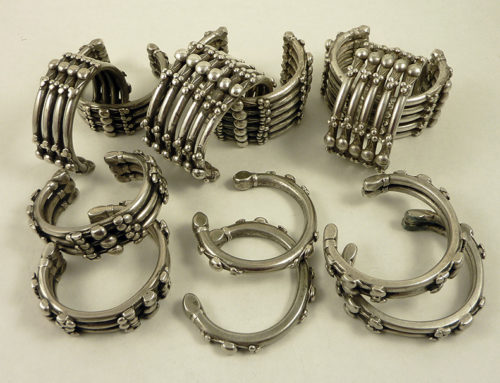Traditional Indian jewellery
India holds a great variety of silver and gold ornaments, which characterizes, not only the different regions of this part of South Asia, but it is also a cultural and esthetic expression of the ethnic groups and influences that give shape to the country.
Although it was relatively easy to find good silver jewelry just a couple of decades ago, things are changing rapidly in India. City women, who were already happier wearing gold jewelry compared to rural women, are nowadays changing silver jewellery pieces for smaller and easy to carry gold ornaments. This is also happening slowly in rural areas. Also, the workmanship that used to be excellent in building these pieces is also dying, and machine-made jewellery is now on the market aiming at the tourist and occidental trade.
Regardless of this fact, and being India still a very tribal country, it is still possible to see women in all their silver traditional jewellery in some remote rural areas.
Why Indians wear jewelry?
- Wearing jewellery is a part of the Indian tradition. Much of the ornaments still worn today are surprisingly very similar to ornaments seen in sculptures carved 4.000 ago. The Vedas also gives jewelry divine attributes.
- Jewelry was until very recently the only legal property for women. It is also a way to accumulate wealth that can be transformed into money when hard times come. Silver ornaments were handed to woman as a part of the dowry by her parents and as a contribution to the family inlaw.
- In India, it is possible to tell religion, social status, tribe, region and economic level, depending on the jewellery a woman is wearing, so silver and gold ornaments are also important to show to which tribe or group the woman belongs to.
- A big amount of jewelry is worn as amulets, different for each community (Hindus, Muslims, and Buddhists), to protect the wearer against misfortunes and evil eye. The “navaratna” jewellery, which uses nine propitiatory gemstones in one piece, is just one example of the big variety of amulets worn in India.
Types and techniques of Indian jewellery
One of the most striking facts of Indian ornaments is the big amount of jewels that cover every part of the woman’s body. From head ornaments to toe rings, Indian women use any part of the body to be cover by jewellery: many bracelets, anklets, rings, necklaces, belts are worn at once.
Depending on the area, each ornament can also speak of the different influences through history that made the piece the way it is now. The torques that are worn in India, especially in the North West regions were probably brought by the Greeks that arrived in the area with Alexander the Great. Also in the North, the use of enamel was also an influence of the Moghuls, that invaded India from the 16th century. They brought with them new shapes and techniques that were incorporated to the traditional designs, especially in the North.
For a better insight on Indian jewellery check Oppi Untracht book “Traditional jewelry in India”

